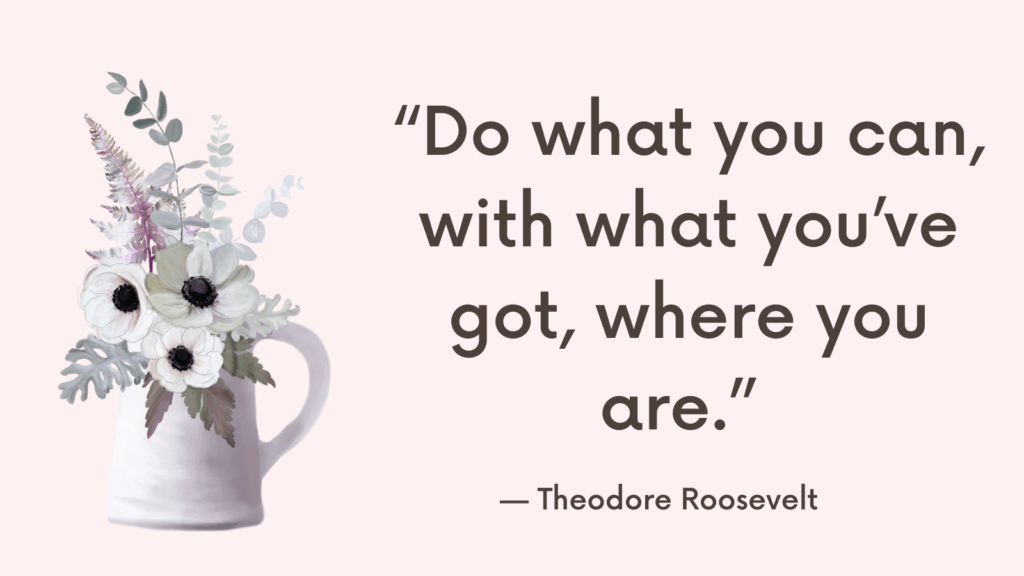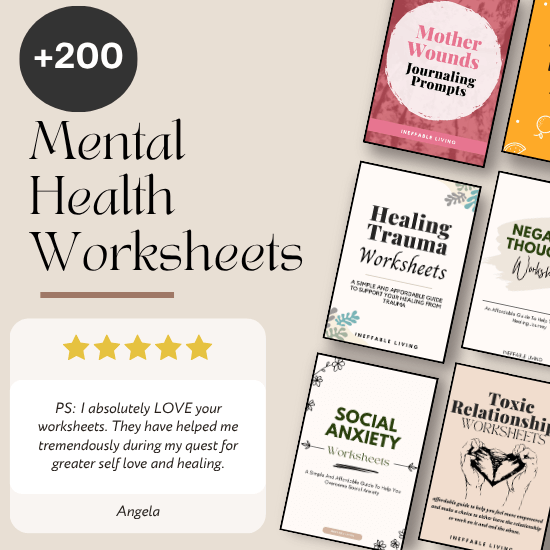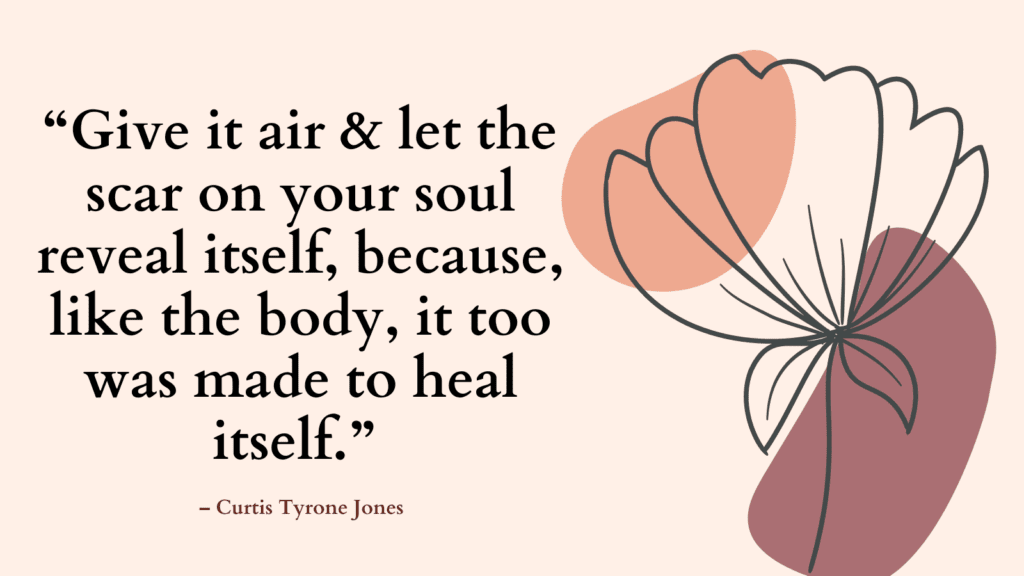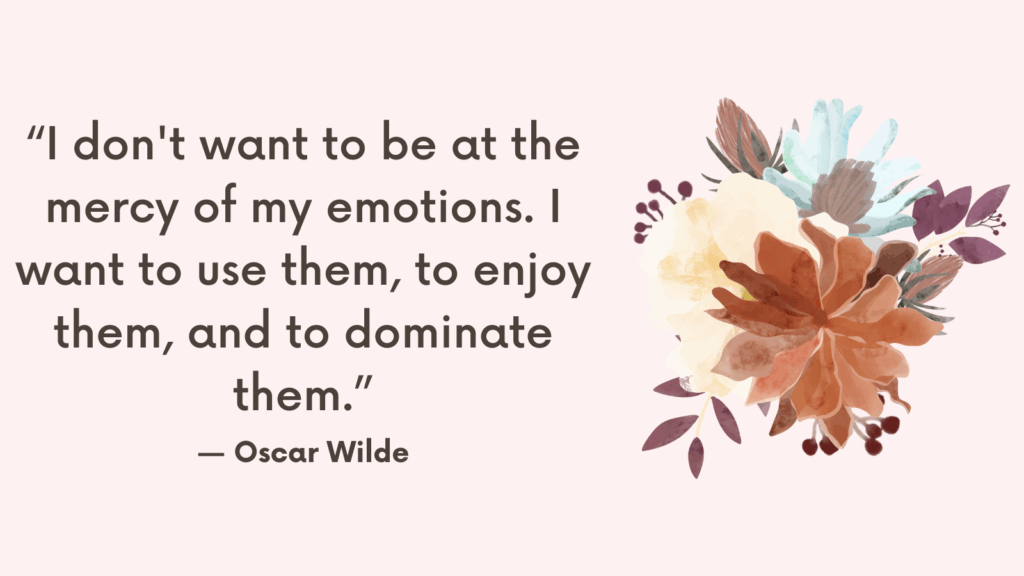Eco-anxiety isn’t just worry about the planet — it’s a deep emotional response to witnessing environmental loss and feeling powerless to stop it. It can appear subtly in your habits, thoughts, and moods, long before you name it as anxiety. For many, it’s a form of grief for a world that feels increasingly fragile. Recognizing how it shows up in daily life helps you respond with compassion and clarity, instead of guilt or despair.
15 Ways Eco-Anxiety Shows Up in Daily Life
1. Constant Guilt Over Everyday Choices
You might feel uneasy about small things — throwing something away, buying packaged food, or driving to work. Eco-anxiety turns daily decisions into moral dilemmas, where nothing feels “good enough” to protect the planet.
2. Emotional Overwhelm From Climate News
You may feel dread, sadness, or anger after reading headlines about wildfires, floods, or species loss. Even brief exposure can leave you heavy or hopeless. The sense of urgency collides with a sense of helplessness.
3. Avoidance of Climate Information
Some people cope by tuning out — skipping news, avoiding documentaries, or changing the subject. This avoidance isn’t indifference; it’s emotional self-protection from information that feels unbearable.
4. Hypervigilance About Sustainability
Eco-anxiety can lead to obsessive monitoring of your footprint — checking labels, counting waste, or feeling panicked when others don’t do the same. The desire for control masks the fear of a collapsing future.
Related: Top 10 Practical CBT Exercises For Generalized Anxiety Disorder Relief
5. Difficulty Enjoying Nature Without Guilt
You might find it hard to relax outdoors, noticing pollution, dying trees, or rising temperatures instead of beauty. Joy becomes mixed with sorrow — the awareness that the environment you love is changing.
6. Sense of Powerlessness and Despair
You may feel that no personal action can make a difference. This helplessness can lead to paralysis, procrastination, or emotional shutdown — symptoms of nervous system overload, not apathy.
7. Anger Toward Institutions or Others’ Inaction
Seeing others act carelessly toward the planet may trigger frustration or moral anger. Beneath the anger often lies grief — the pain of watching what you love being neglected.
Related: High Functioning Anxiety Test (& How To Support Anxiety Recovery)
8. Lifestyle Perfectionism
Eco-anxiety can push you toward rigid routines: zero-waste ideals, strict diets, or extreme minimalism. When these efforts become fueled by fear or shame rather than care, they drain instead of nourish you.
9. Relationship Tension Over Values
You might clash with family or friends about consumption, travel, or sustainability. The conflict isn’t just about habits — it’s about feeling unseen in your fear for the planet’s future.
10. Intrusive Thoughts About Environmental Collapse
Your mind might replay worst-case scenarios — imagining unlivable heat, food shortages, or extinction. These thoughts can be hard to switch off, especially before sleep, feeding chronic anxiety.
11. Feeling Isolated in Your Concern
Eco-anxiety can make you feel like you’re carrying the world’s weight alone. When others seem indifferent, loneliness deepens — turning activism into alienation.
Related: Solve Actual Problems, Don’t Just Cope: 7 Practical Steps to Break the Anxiety Cycle
12. Difficulty Making Future Plans
You might struggle to envision marriage, children, or long-term goals, wondering what kind of world they’d exist in. The loss of future optimism becomes part of the grief.
13. Emotional Burnout From Activism
When you’re deeply invested in change, constant exposure to environmental crises can lead to exhaustion and cynicism. Activism without emotional recovery quickly becomes depletion instead of empowerment.
14. Physical Symptoms of Stress
Headaches, insomnia, digestive issues, or fatigue may arise from chronic worry and helplessness. The body carries ecological grief just as it carries personal loss.
15. Deep Mourning for the Planet
Sometimes eco-anxiety feels like collective grief — tears for disappearing forests, melting ice, or dying animals. It’s love in its rawest form, mourning a world that feels endangered.
Related: How to Relieve Anxious Sensations In Your Body?
How to Build Hope in the Face of Environmental Uncertainty?
1. Redefine What Hope Really Means
Hope isn’t pretending everything will be fine. It’s the willingness to believe that your actions still matter even when the outcome is unknown. Real hope is active, not passive — it says, “Even if I can’t fix everything, I can help something.”
2. Allow Yourself to Grieve First
You can’t build authentic hope without acknowledging sorrow. Let yourself mourn what’s been lost — forests, species, seasons. Grief honors your love for the earth and clears space for renewal. Unfelt grief often disguises itself as numbness or cynicism.
3. Focus on What You Can Influence
Instead of fixating on what’s beyond reach — global systems, distant governments — turn toward your sphere of control: what you buy, how you live, who you support, what you teach. Small, consistent actions restore a sense of agency that anxiety takes away.
4. Seek Out Stories of Regeneration
Balance grim news with accounts of recovery — reforested land, species reintroduction, community gardens, local activism. These aren’t distractions; they’re proof that repair is possible. Hope needs evidence to breathe.
Related: 30 Coping Skills for Anxiety and Depression
5. Connect With Like-Minded People
Isolation deepens despair. Joining sustainability groups, clean-up efforts, or online communities reminds you that you’re not alone in caring. Shared purpose creates collective hope — the kind that survives fatigue and frustration.
6. Engage Your Body With the Earth
Walk barefoot on grass, garden, swim, or simply sit under a tree. Physical connection with nature activates calm in the nervous system and reawakens belonging. The earth’s steady rhythms help regulate the chaos of the mind.
7. Practice “Enoughness”
Consumer culture feeds environmental despair by equating worth with accumulation. Practicing sufficiency — gratitude, reuse, mindful consumption — is a radical act of hope. It says: I can live meaningfully without taking more than I need.
8. Balance Awareness With Boundaries
It’s okay to take breaks from climate news. Overexposure doesn’t deepen compassion — it burns it out. Stay informed but protect your emotional reserves. Setting boundaries around media is not ignorance; it’s sustainability for your spirit.
Related: How to Relieve Anxiety With 2 Words?
9. Turn Anxiety Into Purpose
Channel your fear into contribution: plant trees, educate others, reduce waste, or support environmental policy. Action transforms helplessness into empowerment — even small steps anchor the mind in possibility instead of panic.
10. Nurture Awe and Gratitude
Notice what still thrives: the scent of rain, birdsong, the persistence of wildflowers through cracks in the pavement. Awe softens despair — it reconnects you to the living beauty that remains, reminding you why care is still worthwhile.
11. Reconnect With Future Generations
Write letters to your future self, your children, or those yet to come. Speak to them with love and responsibility, not fear. Hope expands when you remember that the story doesn’t end with you — it continues through how you live now.
12. Learn From Indigenous and Regenerative Wisdom
Many Indigenous and traditional communities have sustained balance with the earth for generations. Studying their teachings about stewardship, reciprocity, and respect offers guidance that modern systems have forgotten — and hope that restoration is still possible.
13. Find Spiritual Grounding in Uncertainty
Whether through prayer, meditation, or quiet reflection, seek a sense of belonging larger than fear. Spiritual hope doesn’t ignore uncertainty — it makes peace with it, trusting that life continues to regenerate in ways we can’t yet see.
14. Celebrate Progress, Not Perfection
Perfectionism paralyzes; progress motivates. Acknowledge each positive shift — composting, reducing waste, inspiring others. Hope grows through recognition of movement, not the illusion of control.
15. Remember That the Earth Is Also Resilient
The planet holds immense capacity for renewal. Forests regrow after fire; ecosystems rebound when given rest. Let that resilience mirror your own. Both you and the earth are designed to heal — slowly, persistently, and together.
Related: Best 7 Somatic Exercises For Anxiety
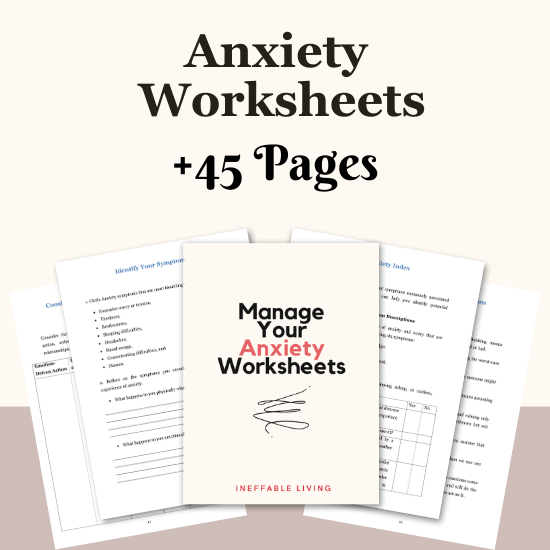
Conclusion
Eco-anxiety is not a flaw — it’s a natural emotional response to a threatened planet. It shows that your empathy is intact. The key is to transform paralysis into purpose: to let your care fuel small, meaningful actions while tending to your own nervous system. You don’t have to carry the entire planet’s pain alone; healing the earth begins with learning to hold both love and loss — gently, sustainably, and together.
